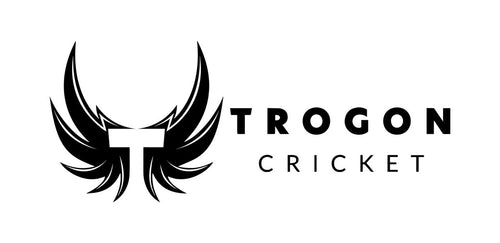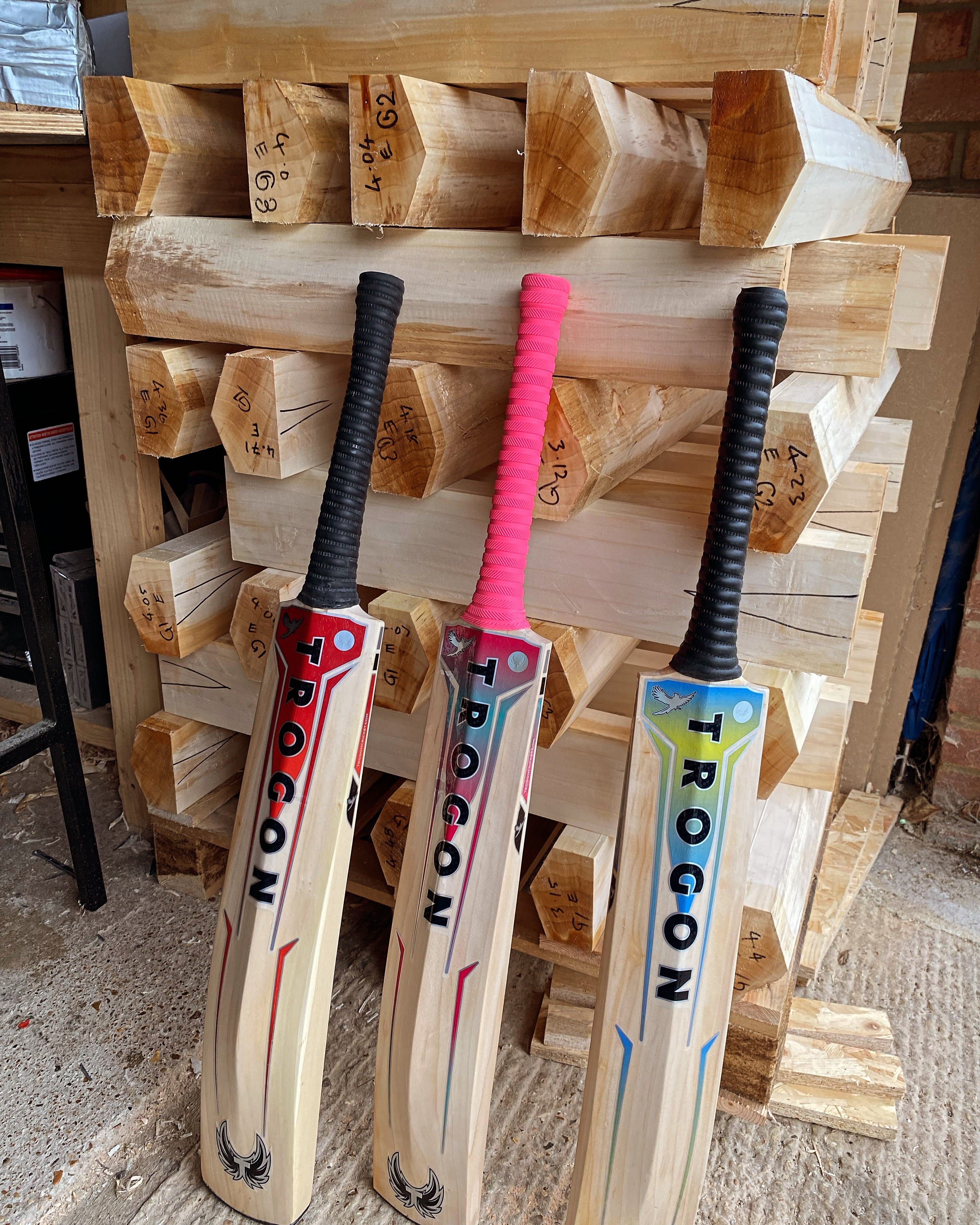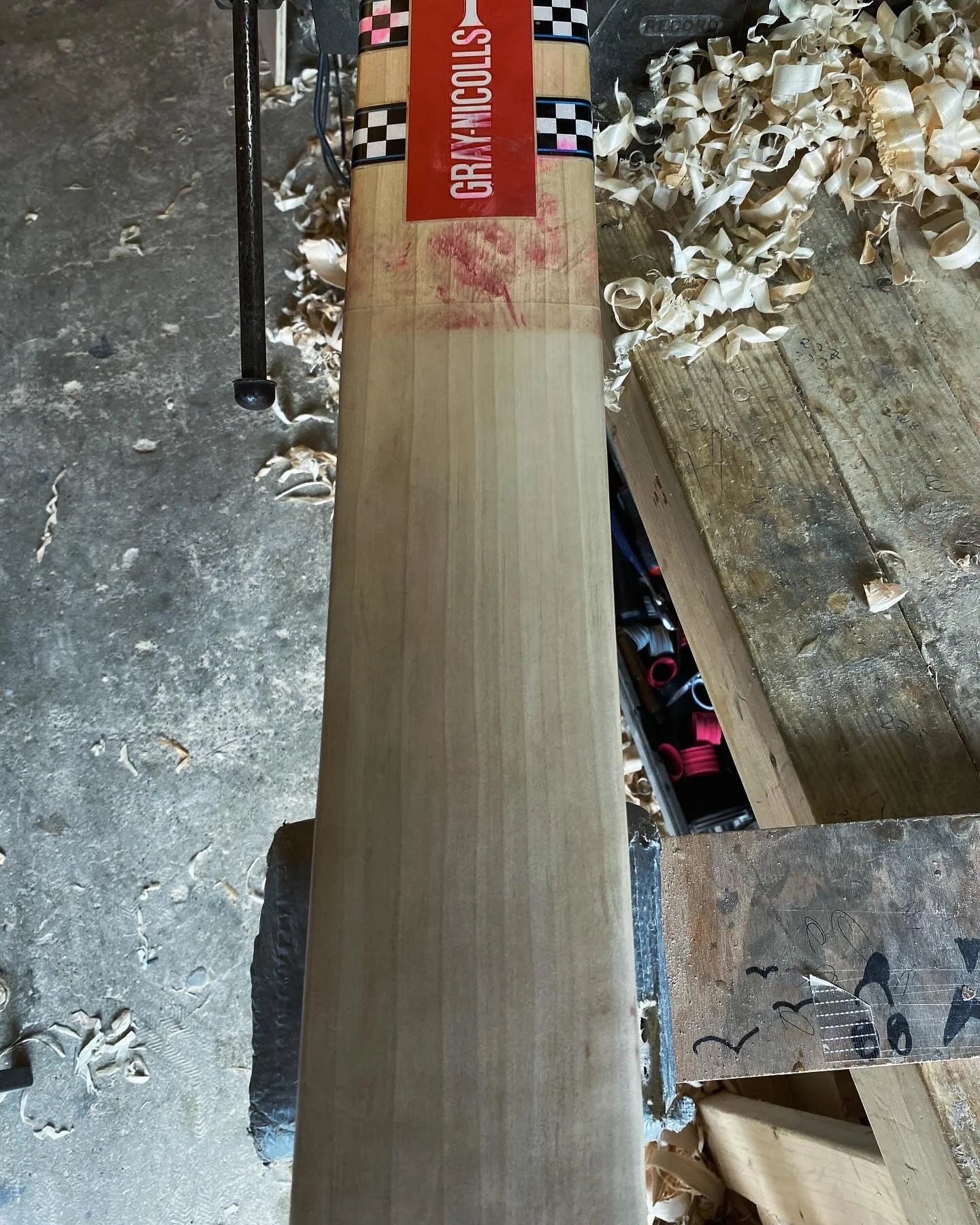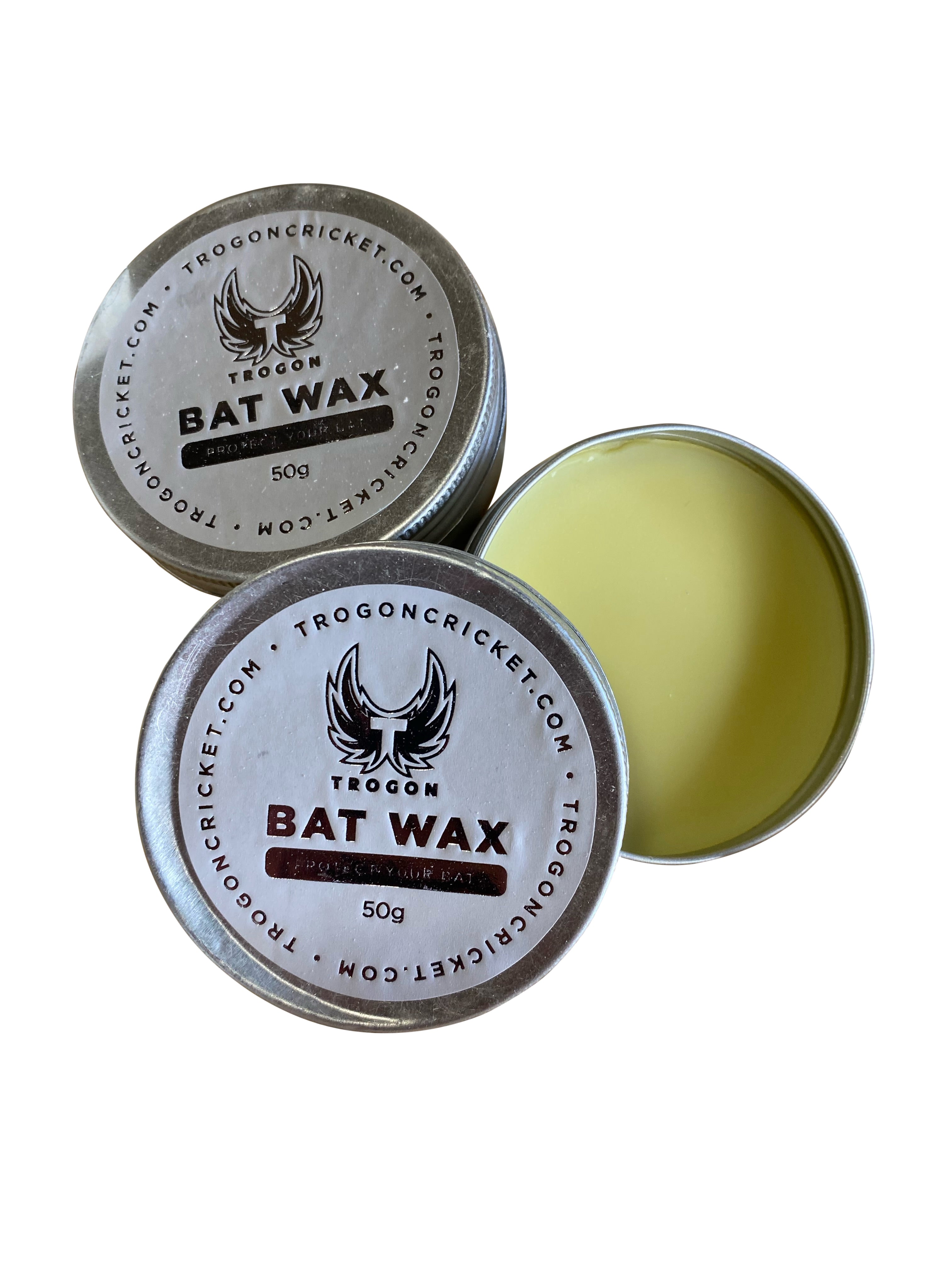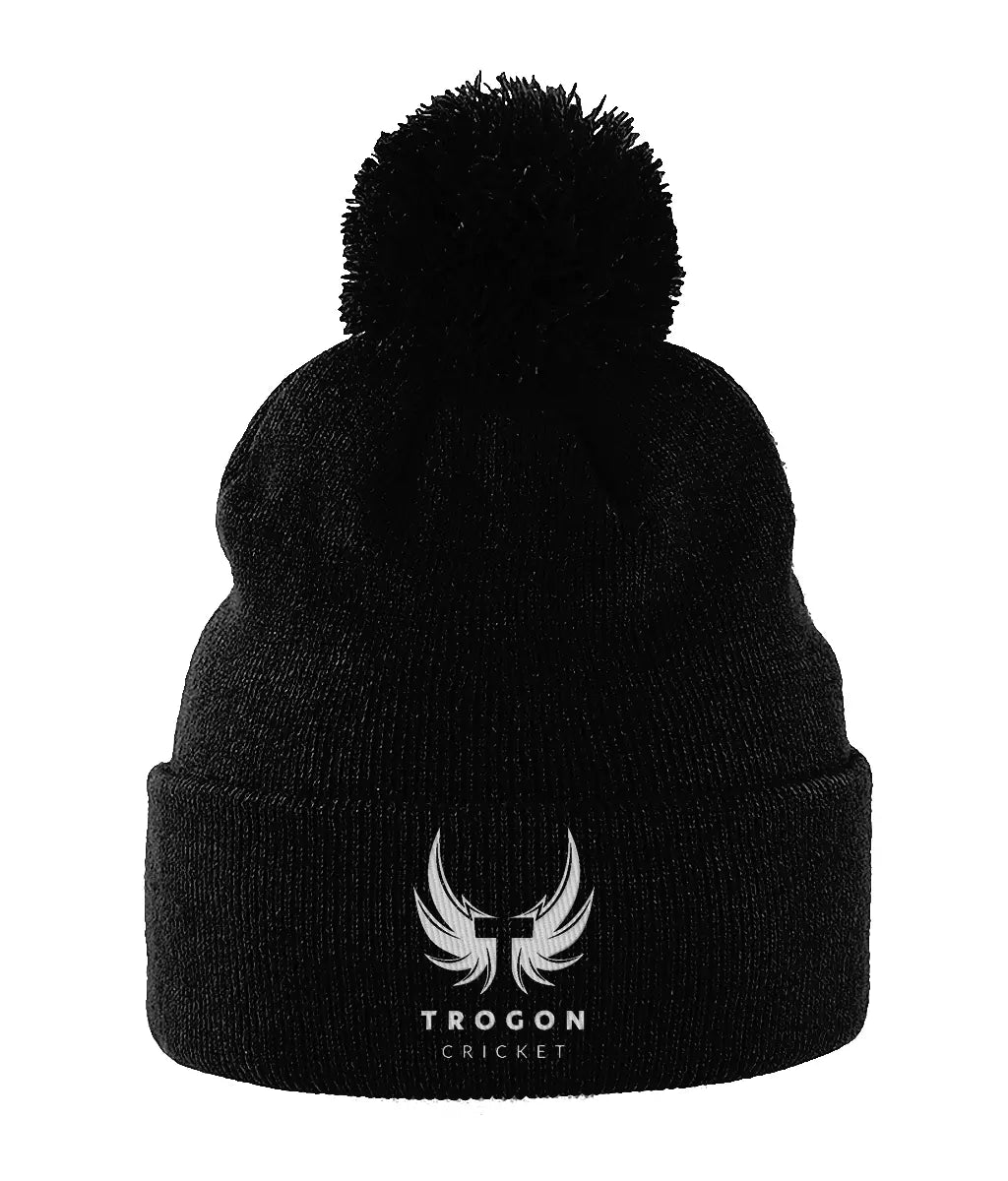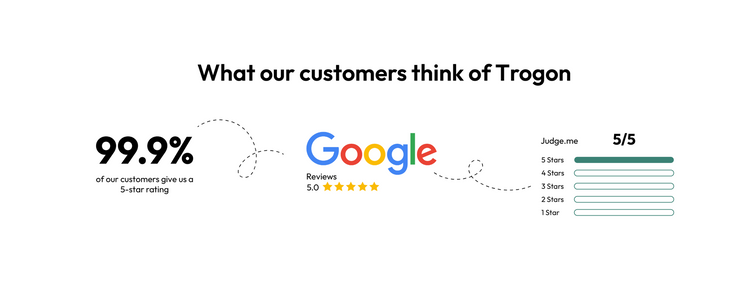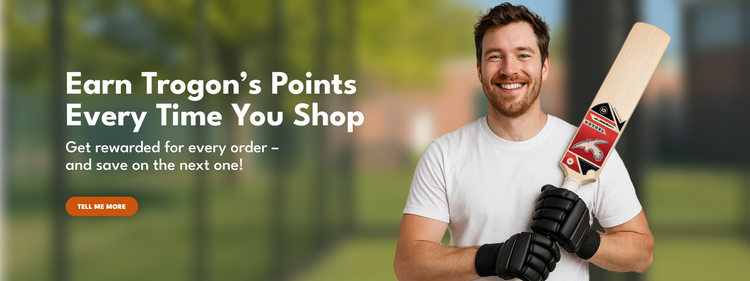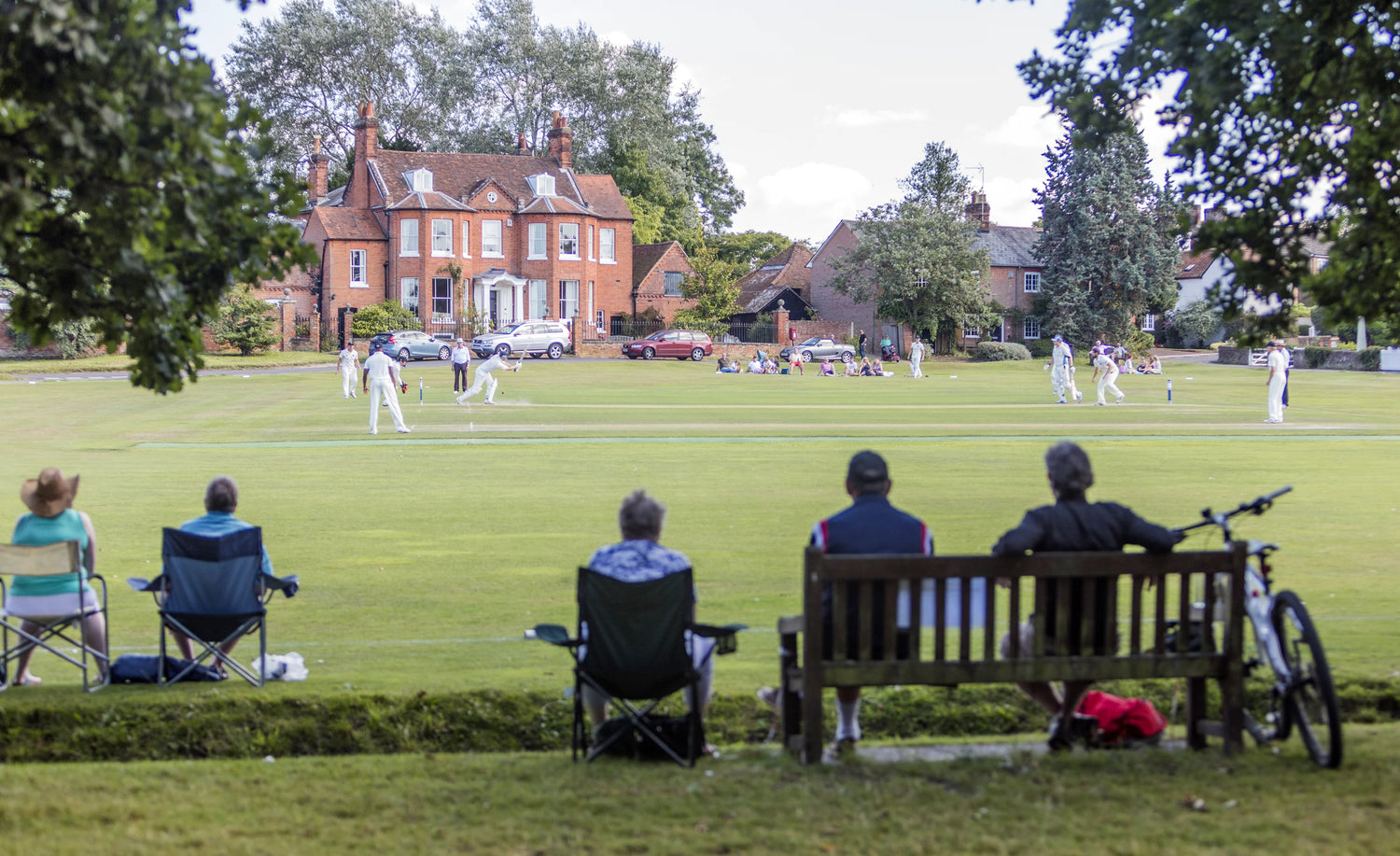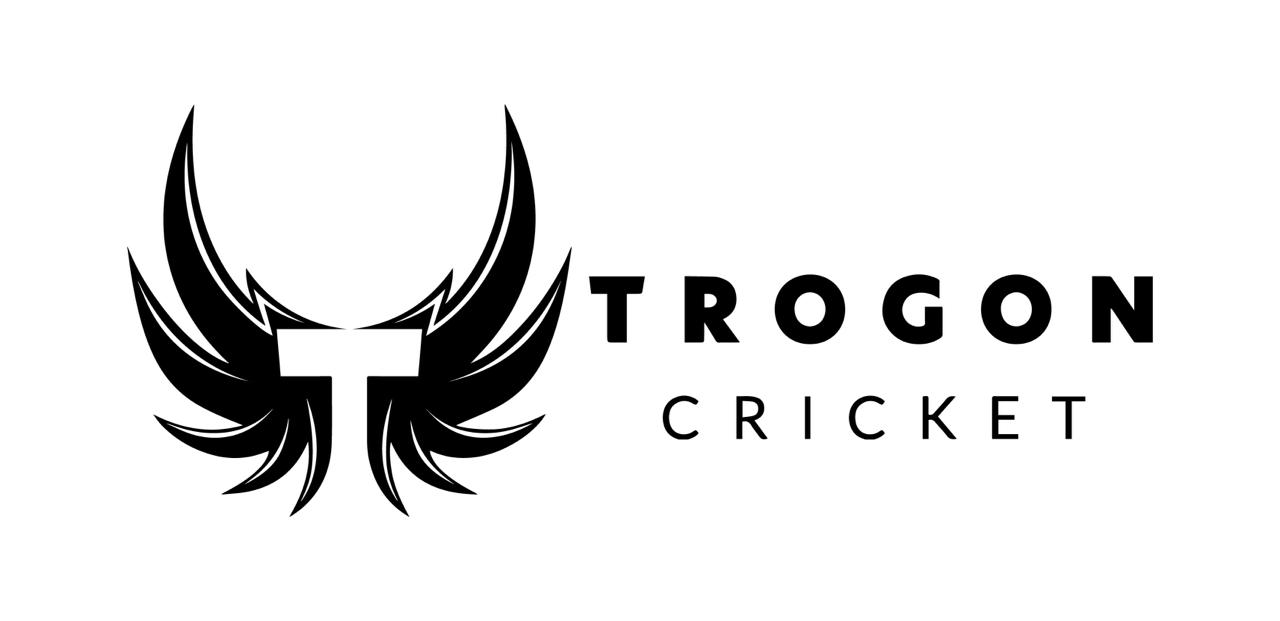Cricket can be a difficult sport to understand, especially when it comes to buying a new bat. There are so many different brands and types of bats to choose from, so how do you know where to start?
We have written this piece as a generic guide, as much as we want you to buy a cricket bat from us at Trogon if you decide not to, we still want you to make the right choice with another brand.
This guide will walk you through all the essential aspects of picking the perfect cricket bat for you or somebody else's game. From understanding willow grades to selecting the ideal size, shape, and weight, we have tried to cover everything.
So, let’s start with the price of cricket bats:
1. Price of Cricket Bats
The price of a cricket bat can vary widely depending on factors like the quality of the willow, the craftsmanship (i.e., who made it), and additional features like custom designs.
Here's a general overview of price ranges based on quality:
- Players Grade Bats: £300-£500 (High-quality, designed for professional or serious club players)
- Grade 1: £250-£350 (Top-grade English willow, great for cricketers play)
- Grade 2: £200-£300 (Excellent quality with slight imperfections, suitable for club-level players)
- Grade 3: £150-£250 (Good quality with more blemishes, perfect for beginners or intermediate players who only play a few times per year)
- Grade 4: £100-£200 (Affordable option, typically with visible knots and blemishes, usually good for netting but not best for hardball matches.)
- Butterfly Willow: £180-£280 (Unique appearance, incredibly durable and highly sought after due to their performance and durability; on a personal level, the butterfly mark looks great.)
In general, higher-grade bats are more expensive because they use premium willow with better performance attributes, though Grade 2 and Grade 3 can offer great value for intermediate players.
These are the prices for English willow. Alternative willows like Kashmir, Dutch, Canadian, and Siberian are available and have their own place in the market.
At Trogon, we stock English, Kashmir and Dutch Willow.
2. Grade of Willow
The grade of willow used in a bat affects its quality, performance, and durability. There are several grades, each offering different attributes:
Players Grade (Grade 1+)
-
Hand-selected from the best English willow, Player-grade bats are known for exceptional grain structure, often with straight and evenly spaced grains.
-
They are known for their durability, power, and performance.
-
Typically free from any blemishes, these bats are designed for professional cricketers.
Grade 1:
- It is also made from high-quality English willow, with around 6-10 straight grains (But this depends on the manufacturer)
- Some minor cosmetic blemishes might appear but do not impact the bat’s performance.
- Great for competitive players seeking high performance at a slightly lower price than Players Grade.
Grade 2:
- High-quality willow, like heartwood, will have minor blemishes or slight colour variations.
- Usually has 6-7 grains, with occasional butterfly marks.
- It is ideal for club players looking to balance quality and affordability.
Grade 3:
- Quality willow with more noticeable blemishes or knots.
- Generally, 5-6 grains can be expected.
- It is an excellent option for beginners or recreational players who need a decent bat without a high investment.
Grade 4:
- Often, it has more visible blemishes, specks, or knots.
- Although its performance is not as high as Grade 1 or 2 bats, it’s still suitable for practice or casual games.
- Economical choice for entry-level players.
Butterfly Willow:
- Characterised by distinctive ‘butterfly’ stains or markings on the wood.
- It is highly durable and can last longer than other grades.
- Due to durability and cost, these are being more sought after.
It is worth noting that all bat makers have their grading structure in place, so what one company might call a Grade 1, another company would call a Grade 2, this is the nature of the industry and something to consider.
Size and Shape of the Bat
When choosing a bat, considering the size and shape is crucial for comfort and performance.
A bat that’s too heavy or poorly shaped for your style can impact your play significantly.
Edge Profile
- The thickness of the bat’s edge contributes to its power.
- Larger edges (35mm or more) provide a greater hitting area and are ideal for power hitters.
- Smaller edges are lighter and offer better control, benefiting players who value precision over power.
Spine Profile
- The spine is the raised ridge running down the middle of the back of the bat.
- A higher spine offers a larger sweet spot and improves the bat’s power.
- Lower spines create a lighter bat, which some players prefer for faster, more controlled shots.
Sweet Spot
- The sweet spot is the optimal part of the bat for making contact with the ball.
- Bats with a mid-to-low sweet spot are ideal for players on slower, lower-bouncing pitches.
- High sweet spots suit players who prefer playing on bouncy, faster pitches.
Each bat maker has slightly different positions on the sweet spot - we have explored sweet spot positions in more detail below.
Face Profile
- Cricket bats have different face profiles: traditional flat, slightly rounded, and entirely rounded.
- A flat face offers more power by providing a broader surface area, while a rounded face makes the bat lighter and easier to handle, enhancing precision.
Bat Profiles
-
Bat profiles significantly affect the feel, weight distribution, and suitability for different playing styles. There are three main profiles commonly available:
1. Full Profile - No concaving on the back, meaning the bat has a solid, full spine from the handle down to the toe.
- It provides a larger sweet spot and maximum power, making it perfect for aggressive players who want full hitting power across the bat’s surface.
- Typically, it feels slightly heavier due to the fuller wood distribution but offers enhanced durability and stability on shots.

Semi-Concaved Profile
- Slight concaving on the back removes some wood while retaining a reasonably large sweet spot.
- It balances power and control, providing a lighter feel than a full-profile bat but with enough weight for powerful shots.
- It is suitable for players who need a blend of power and maneuverability, offering versatility in both defensive and attacking shots.

Concaved Profile
- More pronounced concaving on the back, resulting in a lighter bat that is easier to maneuver.
- It significantly reduces the weight, making it ideal for players who focus on wrist work and quick, precise shot-making.
- While the sweet spot is slightly reduced, the concaved profile provides great control and pick-up, allowing players to play with finesse and agility.

Sweet Spot and Middle Positions
The middle position, also known as the "sweet spot," is where the bat delivers maximum power and is optimally balanced for making contact with the ball. Cricket bats typically feature three main middle positions, each suited to different types of play and pitch conditions:
- Low Middle
- Located toward the bottom of the blade, making it ideal for players on slow, low-bounce pitches or those who play on the front foot frequently.
- Offers maximum power to ground shots, which can be especially useful for drives and sweep shots.
- Often preferred by players in subcontinental conditions or those who encounter slower pitches.

- Mid Middle
- Positioned in the center of the bat, balancing power and versatility.
- Suitable for players who play a mix of front-foot and back-foot shots, adapting to various pitch types.
- Offers a good balance between ground shots and lofted hits, making it ideal for all-rounders and players in more temperate climates.

- High Middle
- Positioned closer to the handle, offering a light pickup and ease of use for back-foot play.
- Ideal for players who play on bouncy pitches or enjoy playing cuts, pulls, and lofted shots.
- Provides more control when executing shots off the back foot and helps maintain maneuverability for wristy players.

Each bat maker will have 2-3 pre-made bat shapes—some like square toes, and some, like us at Trogon, like semi-rounded toes. There are lots of choices available.
Selecting the right size and shape aligns the bat's design with your unique playing style and physical comfort. A bat that feels balanced and complements your technique can enhance your ability to execute a range of shots with accuracy and power.
Attention to elements like edge profile, sweet spot, and spine profile can fine-tune your bat to suit your preferences, giving you greater control.
Remember, the right bat shape and size should extend your natural movements, allowing you to play confidently and easily at the crease.
How the Bat Feels in the Pickup
The pickup refers to how the bat feels in your hands when you ‘pick it up’ in your stance.
The bat's balance, weight distribution, and overall feel influence pickup quality, so two bats with identical weights might feel different.
Here’s what to consider:
- Balance and Weight Distribution: A well-balanced bat feels lighter in the pickup, even if it’s heavy overall. Generally, bats with a low sweet spot and a large spine tend to feel heavier in their hands, while those with a high sweet spot feel lighter.
- Actual Weight vs. Perceived Weight: Players often get fixated on the actual weight of the bat. However, the perceived weight — how heavy the bat feels when picked up — matters. A bat that feels "lighter" in your hands will be easier to control, which can benefit shot-making.
- Practice Swings: Before buying, try practice swings in your stance to understand how the bat feels when moving. If the bat’s weight or shape feels unwieldy, it might be worth trying a different model or style.
Ultimately, finding the right pickup is about personal comfort and confidence. A comfortable and manageable bat will allow you to play with freedom and control, enhance your timing, and reduce fatigue during longer innings.
The feel of the pickup should inspire trust in your shots, reassuring you that your bat moves effortlessly with each swing.
Remember, a bat that feels just right in the pickup can make a significant difference in your game, allowing you to focus more on technique and less on the mechanics of your equipment.
Final Tips for Buying a Cricket Bat
- Assess Your Play Style: Power hitters might benefit from thicker edges and a lower sweet spot, while technical players could favor a lighter bat with a balanced pickup.
- Consider the Playing Conditions: Pitches with low bounce may require bats with a lower sweet spot, while high-bounce pitches favor a higher sweet spot.
- Try Before You Buy: Test bats in-store to get a feel for their weight, balance, and pickup. This hands-on experience is invaluable in determining the best fit.
- Remember the MCC Rules and regulations about cricket bats.
By understanding these key factors, you can confidently choose a bat that complements your style, maximizes your strengths, and elevates your overall performance at the crease.
Always remember, when buying a cricket bat online, look for a company with a good return and warranty policy. We would love for you to buy through us here at Trogon Cricket, but shop around and make sure you get a good deal. A cricket bat is an investment and not cheap.
